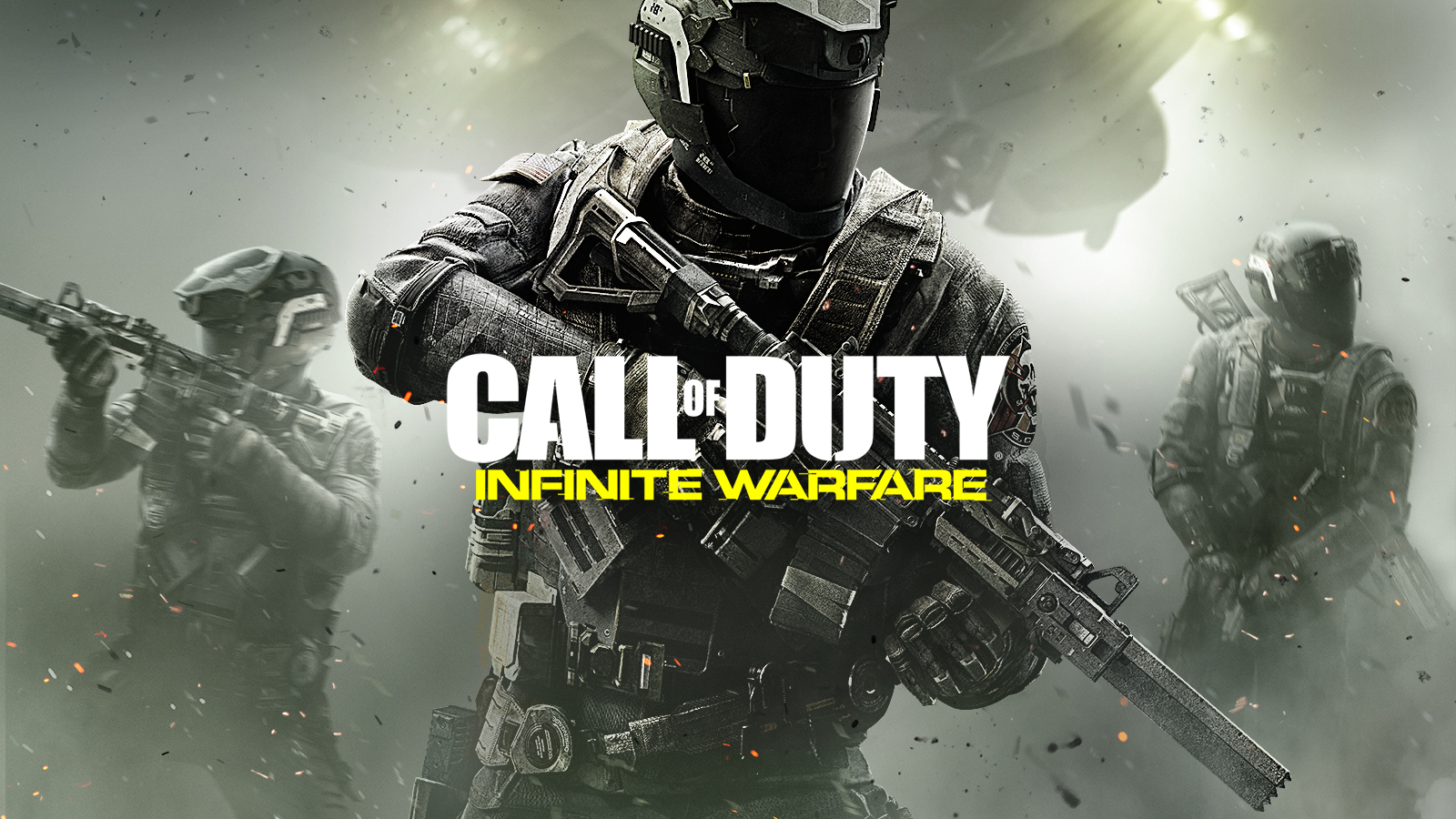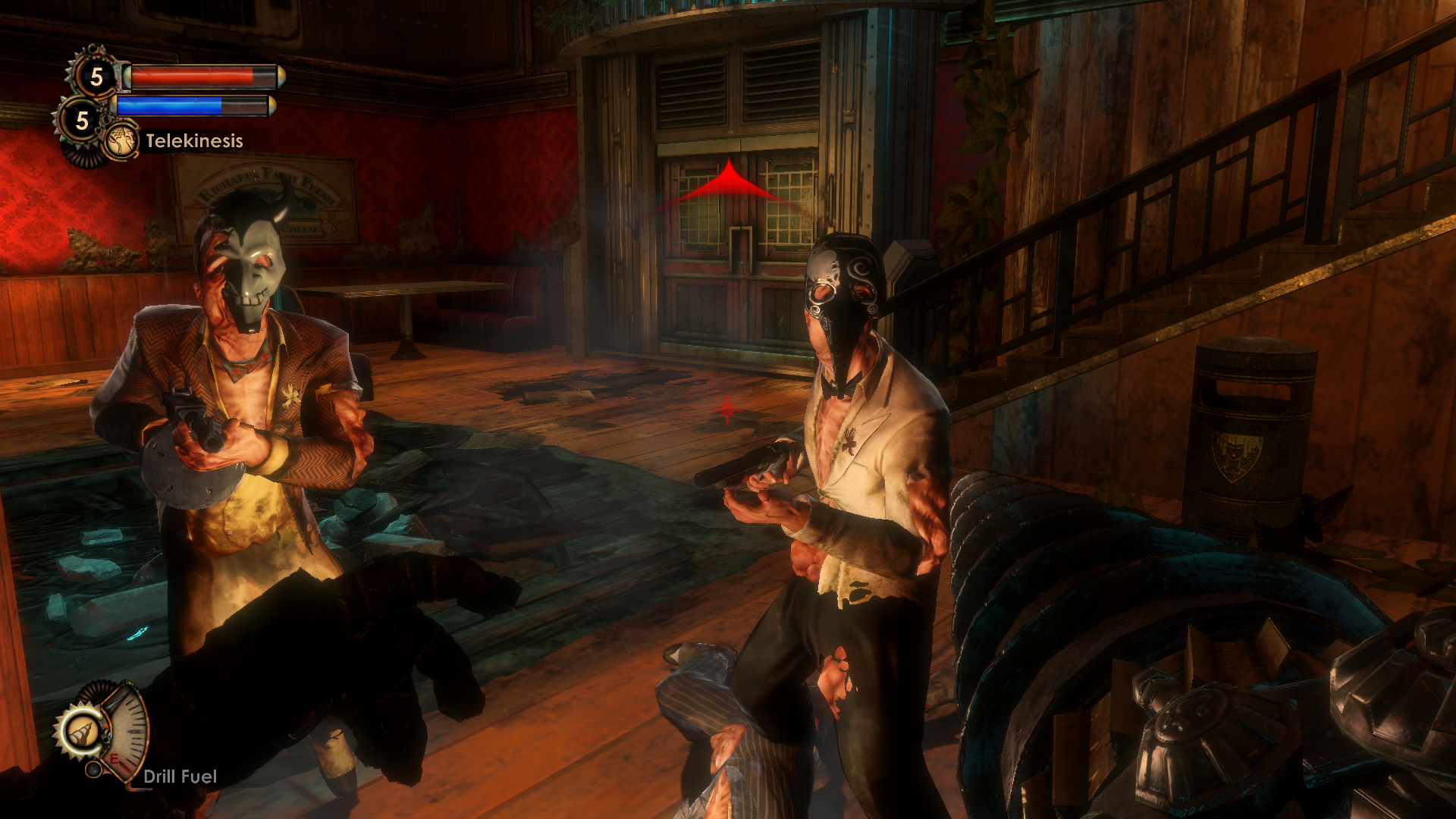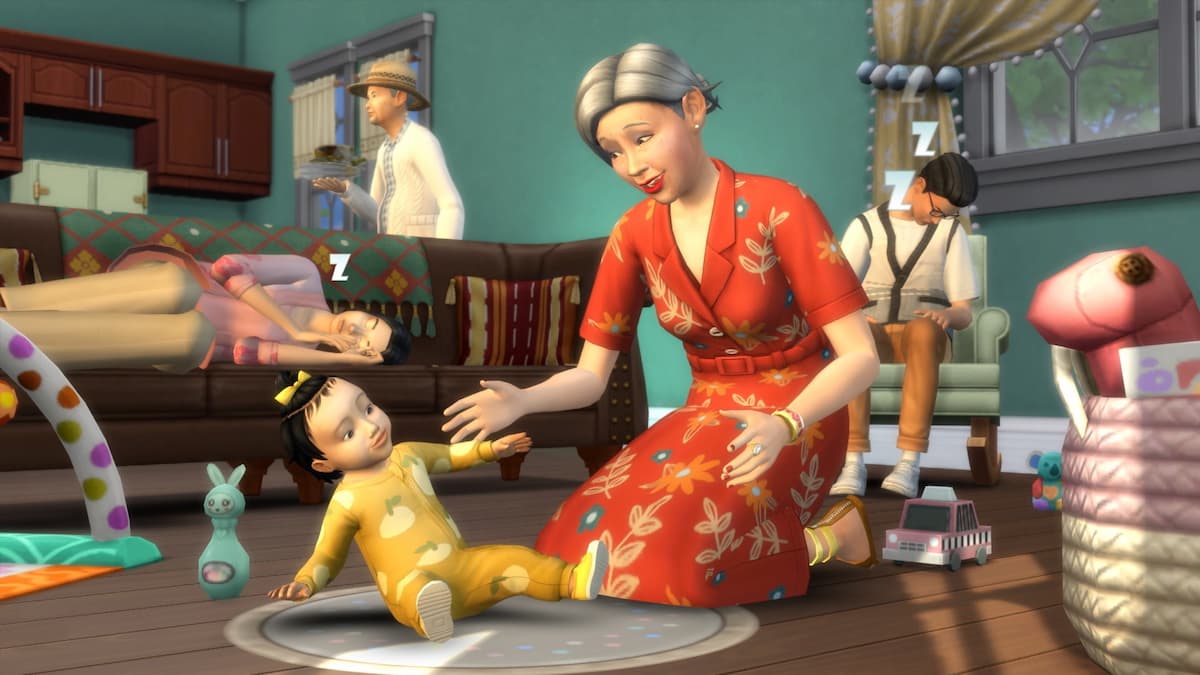The video game industry presents players with a vast range of genres, including Real Time Strategy, Massive Multiplayer Online, Puzzle and, of course, First Person Shooters (FPS), which was the most popular genre of the gaming universe in 2015, according to Statista.
2016 produced innovative experiences in the FPS genre, including Overwatch, Super Hot and Titanfall 2. Battlefield 1 provided players a quality production as they battled their way through World War I, but not everything was positive about 2016.
On the other side of the spectrum, this year has also given birth to forgettable games, such as Homefront: The Revolution and Call of Duty: Infinite Warfare. The industry should take the problems with these games as a wakeup call to create new design philosophies for FPS titles, because despite the aforementioned innovative productions of 2016, this genre has become stagnant, relying mostly on the same old tricks over the years.
Considering that we live in a world that is constantly evolving, the FPS genre may lose its popularity if it fails to change along with the rest of society. With this said, whilst the genre is still the most popular, the industry must plan ahead and start thinking of ways to revolutionize this type of game.
What type of change am I talking about?
“There needs to be a reboot” is a broad statement, so let me break it down.
First, we must acknowledge that the industry should not deviate from its roots. This may sound as a counterintuitive statement, given the thought constructed in the first paragraphs of this article, but the idea is to improve from what the genre has done right and rework the sectors that were neglected over their years, in order to create an experience that balances innovation with a taste of the good old days.

In order to understand which elements of FPS need to change, we can take a look at the “8 kinds of fun,” a list created by the game designer Marc LeBlanc to describe the eight reasons why a player feels motivated to continue playing a game.
- Sensation: the use of sensorial inputs, sound and sight, in order to evoke emotions on players.
- Fantasy: the power a game has to allow players to perform tasks they cannot in real life.
- Narrative: makes players follow a story, in order to give a purpose to the actions performed in the game.
- Challenge: the obstacles players must overcome, in order to progress in the game.
- Fellowship: the interaction a player has with other players or with NPC characters.
- Discovery: the games as an unknown world, which the player must explore. This applies to both the universe of the game and its mechanics.
- Expression: games allowing players to express themselves. Minecraft is the best example, as allows players to create virtually anything they wish.
- Submission: a game cannot be challenging all the time, otherwise it will drain the player. “Submission” stands for the moments in the game that allows players to relax therein.
Now that we have a good idea of what elements constitute a game, we now need to analyze which are working well in FPS games and which need to change.
In the book Rules of Play, Katie Salem and Eric Zimmerman explain that whilst most FPS games perform well in regards to “sensation”, “fantasy” and “challenge”, they lack “expression”, “narrative” and “fellowship.”
These three elements offer good guidance on what to aim for in the FPS games of the future, but one game from the past has worked two of them with perfection — narrative and fellowship.

I am talking about BioShock.
On November 8th, I published an article here on GameSkinny explaining which design techniques from BioShock should have been carried over to BioShock Infinite. Now, I will take the same approach and explain which lessons developers should learn from BioShock, in order to take the FPS genre to new heights, by implementing changes, but without altering their formula drastically, in order to prevent them from losing their identity.
“Human” enemies:
In BioShock, players fought mutated human beings, known as Splicers. In appearance, they resembled zombies. In most FPS games; on the other hand, the player faces soldiers, who are mundane in their looks. The enemies in BioShock; however, felt more human.
In several occasions throughout the experience of BioShock, the game presented players with the opportunity of observing the enemies from a distance.
Through actions and dialogues, players could get a glimpse on their stories and personalities, thus adding depth to their characters and to the universe of the game. This humanized feel made the enemies seem as real people, as opposed to simple shooting targets. By killing them, players felt they were reaping a life.
The best example of this technique in action is the Big Daddy. It looks as a monster, yet players can easily create an emotional bond with them, because it will not attack unless attacked first. This gives to the audience the opportunity to simply follow and observe its relationship with the Little Sister. What they do and the sounds they produce, communicate plenty about who they are and what their personality is.
This element is rarely present in most FPS games, which leads to the notion that the foes are nothing but lifeless bots, with the sole purpose of serving as a statistic of how many soldiers the player murdered throughout the game. Ideally, the game should allow for stealth gameplay mechanics, in order to permit the player to eavesdrop on conversations and witness the activities of the enemies.
The more the player knows about the enemies, the better, for this will allow them to have a deeper emotional connection with them, thus making combat more meaningful and improving the overall experience by creating a deeper universe, populated by real people, as seen in BioShock. There are other methods to achieve this objective and they work in conjunction, as the next topic explains.
Character design:
What you wear communicates a lot about who you are. This principle holds true whether the subject is a real person, or a fictional character. Foes in BioShock wear a vast variety of outfits and each one tells a bit, regarding who that person once was, prior to the events of the game. In BioShock this principles serves the purpose of reinforcing the notion that the enemies are real people, with lives that went wrong.
In most FPS games; however, the majority of enemies are soldiers, who wear uniforms. Their standardized appearance works against the overall experience, because it makes them feel as lifeless characters; bots that only exist for the player to slaughter, one by one.
In order to avoid the said scenario, developers of FPS games could change the main enemy of the game, which would add variation in clothing, thus making the enemies more human and, as previously stated herein, add depth to the experience.

Less is more:
Through the two techniques presented herein, BioShock created unique enemies, who engaged the players in memorable fights. Each time players entered a battle was an event unto itself and they rarely encountered more than one enemy at once. This allowed the game to implement its vision of communicating to the audience that the citizens of Rapture are people as well. With few enemies on screen at the same time, it is possible for the player to listen and observe them; which would be impossible if dozens of enemies populated the area.
In most FPS games, on the other hand, enemies may appear by the dozens, which makes it impossible for the player to get an insight on who they are. Without this contextualization, the human aspect is lost, thus making fighting them a less appealing task. While BioShock emphasizes the importance of the battles by means of their scarcity, in Infinite, combat occurred often, thus making it lose its significance, due to repetition. As the saying goes “if everything is highlighted, then nothing is.” This is not to say that in order to make defeating foes a more appealing task, all developers need to do is reduce the number of fights.
This approach worked in BioShock due to the number of areas the player could explore apart from the main course of action of the story. This gives to players an interesting thing to do while not in combat, whereas in most FPS games, the lack of locations for the audience to dive into, in order to uncover details of the city, did not give much for the player to do asides from proceeding with the story and fighting with enemies.
With this said, in order to create a more meaningful combat experience in BioShock Infinite, the developers could have reduced the number of fights and enemies, whilst expanding the map of the game, in order to incentivize exploration. There is; however, another element from BioShock that would need to be implemented, in order to make this approach work.
The final touch:
The aforementioned topics explained how to improve “narrative” and “fellowship” in FPS games, but there is still another element left to be revamped — “expression.”
While most people think of player expression in terms of choice-driven narratives, in Telltale fashion, creating this type of experience would consume significant financial resources and given that FPS games are already expensive as of now, adding the expense of building a story based on the choices of the players, would perhaps be a burden many studios cannot afford.
There is another way; however, to allow players to express themselves without implementing choices in the narrative. The game can present players with the opportunity to choose how to tackle combats.
When players think of this premise, they often consider open world games, but the expense of crafting a living universe can be another burden some teams cannot carry. Luckily, there are other methods to allow players to create their own fighting style, thus improving the “expression” factor of FPS games.
A game has done that with mastery — F.E.A.R.

Despite being a corridor shooter, the level design of this games branches out in several ways, allowing players to observe the enemy and pick the best route, in order to have a tactical advantage. This may seem as an element that benefits the player, but there is a problem.
The enemies can use the same possibilities in their advantage, by using the various paths available to flank the player, which makes the route the player chooses even more important.
This game can teach a lot to modern shooters, because it presents players with meaningful choices, not in narrative, but in tactics and if the FPS genre will endure the testament of time, this is a title that must be used as inspiration.
The solution used in it to allow players to pick their own fighting style was not only relatively easy to build, but also smart, proving that if developers want to add choices to their games, creating smart content, instead of simply creating more content, is the key.
Conclusion:
The FPS genre dominates the market today, but this fact cannot be used to reject change. We must remember that the world is constantly changing and the entertainment we consume must change along with it.
In nature, an animal that fails to adapt to a new environment becomes extinct eventually. The same principle applies to the FPS genre. If innovation therein becomes stagnant, it will perish one day. It may take a year or perhaps ten, but the bomb will explode one day.
With this being said, developers must dare to innovate in their designs, in order to please the audiences of today and prepare for the new demands of tomorrow. This will not be easy a task, but it is an urgent one.
Evolve or die.












Published: Dec 11, 2016 02:36 pm